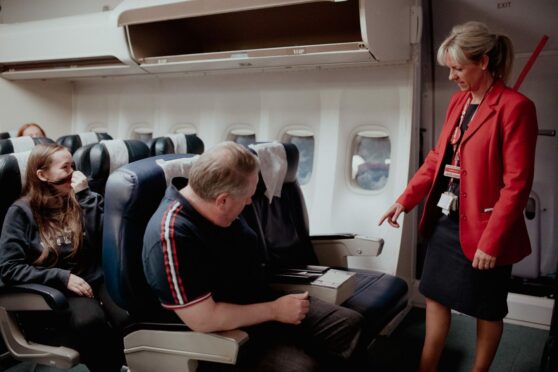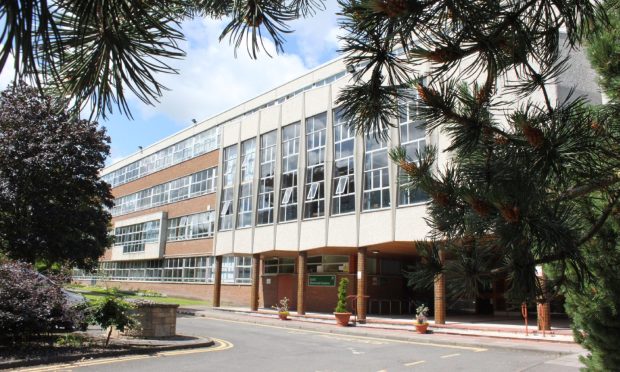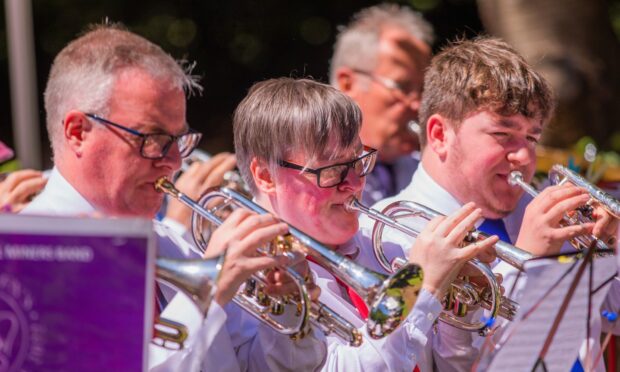If you’ve dreamed of a career filled with jet-setting, understanding other cultures and showing visitors the best of where you live, the tourism and travel industry might be right up your street.
-
Some Courier online content is funded by outside parties. The revenue from this helps to sustain our independent news gathering. You will always know if you are reading paid-for material as it will be clearly labelled as “Partnership” on the site and on social media channels,
This can take two different forms.
“Presented by”
This means the content has been paid for and produced by the named advertiser.
“In partnership with”
This means the content has been paid for and approved by the named advertiser but written and edited by our own commercial content team.
Whether you are a teenager looking to start a fulfilling career or someone looking to switch to something new, getting skills and qualifications relating to the industry can give you a leg up when it comes to finding a job.
But what do you learn on a travel and tourism course at college? We asked the experts at Fife College, which runs a range of courses around tourism and travel, to shed some light on what students learn.
What are travel and tourism courses?
There are many different types of travel and tourism course – from certificates right through to degrees with partner universities – that give students knowledge and skills in several specialist areas including sustainability, customer service, business management and leadership.
These courses are designed to be relevant to local, regional, national, and international tourism, events and customer service sectors.
For example, the Fife College HND Travel and Tourism includes:
- Planning and sustainable development in tourism
- Influences on the travel and tourism industry
- Marketing planning in travel and tourism
- Tour operations
- Managing an event
- Business travel operations
- Entrepreneurial skills
- Conferences: an introduction
This course can help someone join an established company or even set up their own travel or tourism business.
Why work in travel and tourism?
The travel and tourism industry is one that is always changing and growing as customers’ expectations change. From the growth of eco-tourism to new technologies, there’s something new all the time and that can make it exciting for people who make it their work.
A spokesperson for Fife College explained: “A career in tourism offers the opportunity to become immersed in a wide range of cultures as well as the chance to embrace creativity, innovation, and imagination to promote tourist destinations and create special moments which last long in the memory.”
And there’s never been a better time to move into the industry. The World Travel and Tourism Council forecasts that employment numbers in the sector will approach 2019 levels as early as next year.
They also believe that in the next decade nearly 126 million jobs will be created around the world in the sector, with the industry set to play a key role in the global economic recovery.
Find out more
For more information about the range of tourism, events and customer services courses on offer at Fife College, visit the Fife College website.










